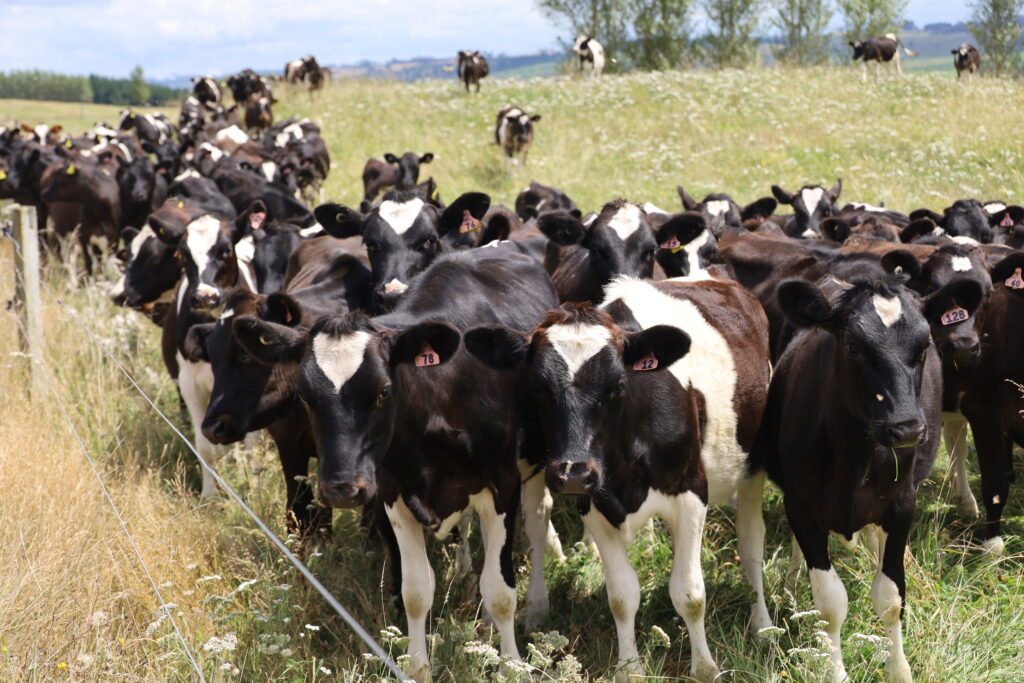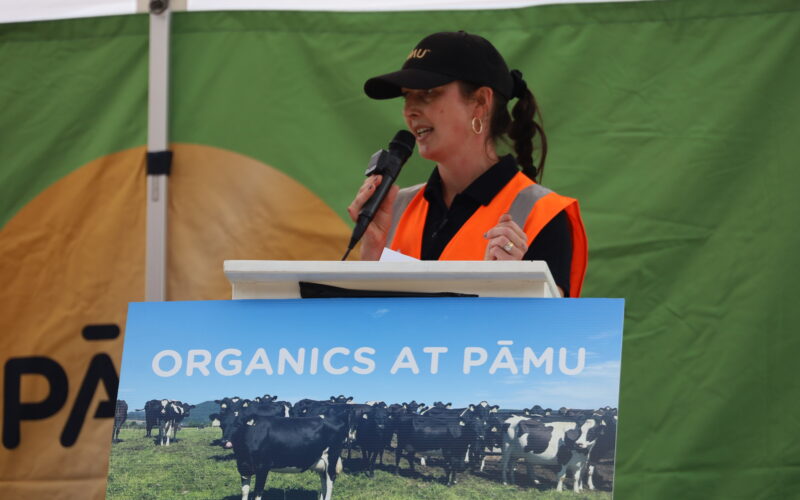Over the next two weeks, starting from March 11, the Farmers Weekly team unpacks what the drench resistance threat means for the sector, from revisiting farm systems to heeding the sheep farmers whose experience could offer a solution.
Farming drench-free is one of the biggest challenges at Pāmu’s organic dairy farm operation in central North Island.
Switching to this form of farming meant restrictions on what it could use to maintain animal health on its 11 certified farms at Wairākei near Taupō and at Moutoa in the lower North Island.
“That was a really scary one for us,” Pāmu dairy farm business manager organics Cleo Te Kiri said at an open day at Earnslaw, its combined dairy farm and support block north of Taupō.
“Obviously we had utilised antiobiotics, dry cow therapy and drench in our conventional world and going to organic, those tools are completely gone from the toolkit or heavily restricted,” Te Kiri said.
Phasing those out was a massive learning curve and a challenge, she said.
There are very heavy restrictions around when they can drench their young stock.
All inputs going into the farm have to be approved, including the drench.
“Typically for a drench, the animal can have it only once per year for the ones that we are using, and we are really conscious of when we pull that trigger, if we pull it at all.
“We barely ever drench our young stock with conventional drench and the conventional drench that we can use is a very restricted one.”
That drench is MoxiPor.
They use a digestive drench that she describes as “a potion of herbal remedies” from Homeopathic Farm Support.
Many of Pāmu’s staff come from conventional operations, where there is a programmed time for when young stock are drenched.

Te Kiri said the young stock perform exceptionally well and are comparable to their peers on Pāmu’s conventionally run farms, if not better.
Pāmu’s organic stock manager, Jo Triggs, is a recent addition to the organic operation, having worked on the state-owned farmer’s conventional farms for 20 years, caring for its younger stock on its 1000 hectare organic runoff operation.
The block has 342 heifers and 190 heifer calves.
Triggs said she was very skeptical about coming to a farm that does not drench.
“I felt sure they had to have a secret drench that they use but I can assure you they don’t.”
Shifting to the organic farm excited Triggs, but also made her nervous.
“For the last 20 years I’ve been drenching young stock every four to six weeks and to come here and find you don’t have to do that, it made me wonder what we were doing for the past 20 years.”
Once the young heifers arrive on the farm, Triggs and her staff monitor the cattle daily for signs of ill-thrift by driving through the mobs and watching for any that do not follow. If one is by itself in a paddock corner, they investigate.
If it needs to be pulled away from the mob, it is placed in a quarantine paddock where it is monitored further and a vet is called if required.
Crushed maize is used if the calves fall behind their growth targets or if weather conditions are harsh enough to cause pasture quality to drop.
Triggs weighs the cattle every five to six weeks, at which point they receive the digestive drench. Any cattle that have a low weight gain relative to the mob are separated and monitored.
They also keep their pasture residuals longer than a conventional farm, at no shorter than 1800kg DM.
The death rate of stock is low at 2%, something that surprised Triggs, who assumed it would be higher given that it is an organic farm.
The in-calf rate for the heifers was 95.6% last season, she said.






